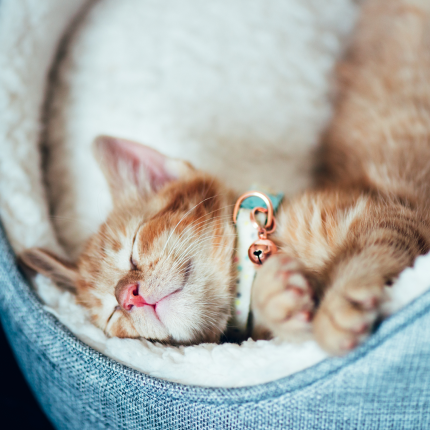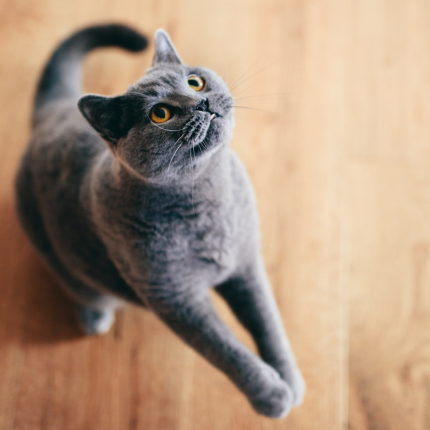Do Cats Dream?

Cats are fascinating creatures, and their behavior often seems mysterious to humans. But have you ever wondered if cats dream like humans do? Do these furry companions have vivid dreamscapes that they experience while they sleep? In this article, we will explore the science behind cat dreams and whether or not they actually occur.
REM
First, let’s consider the evidence. There is no way to ask a cat directly whether or not they dream, so scientists must rely on observing their behavior during sleep to draw conclusions. Researchers have found that cats, like humans, go through different stages of sleep, including rapid eye movement (REM) sleep, which is typically associated with dreaming. During REM sleep, cats’ bodies are mostly immobile, and their eyes move rapidly beneath their closed eyelids. This suggests that they may be experiencing some sort of mental activity, which could potentially include dreaming.
However, the fact that cats experience REM sleep does not necessarily mean that they dream in the same way that humans do. While humans can recall dreams and describe their content, cats obviously cannot communicate what they experience during sleep. It is also possible that cats’ brains process information differently than human brains do during REM sleep, which could impact their dreaming experiences.
Kitty Sleep Studies
Researchers at the Massachusetts Institute of Technology conducted one study. In the study, the researchers observed the brain activity of sleeping cats using an electroencephalogram (EEG), which measures electrical activity in the brain. They found that cats’ brain activity during REM sleep was similar to that of humans during dreaming, suggesting that cats may indeed experience dreams.
Another study conducted by researchers at the University of Helsinki in Finland found that cats appear to experience “cat-specific” dreams. The researchers monitored cats’ behavior during sleep. They found that they often twitched their whiskers, tails, or other body parts, suggesting that they were experiencing dream content related to their experiences as cats. For example, cats recently playing with toys might twitch their paws as if they were still playing in their dreams.
While these studies suggest that cats may indeed dream, it is important to note that more research is needed to fully understand the nature of cat dreams. It is also possible that individual cats may vary in their dreaming experiences, just as humans do.
To Dream a Dream
So, why might cats dream? One theory is that dreaming helps animals process and consolidate memories. This could be particularly important for cats, who rely heavily on their memories to navigate their environments and hunt for food. Dreaming could also allow cats to practice and perfect their hunting skills in a safe, controlled environment.
While we cannot say for certain whether or not cats dream, the available evidence suggests that they may indeed experience some sort of mental activity during REM sleep. It is possible that cats’ dreams are related to their experiences as cats and that they may serve important functions such as memory consolidation and skill practice. As always, more research is needed to fully understand this fascinating aspect of feline behavior.

Featured Articles

Why Do Cats Roll Over Into Their Backs But Not Let You Touch Their Bellies?
It’s common knowledge dogs love to have their tummies rubbed when they freely lay down before you and roll onto their backs. But, if you’re also familiar with cats, you know that when they roll onto their backs with their bellies exposed, rubbing the belly will most likely result in…

Greebles and Cats: The Origin and the Meaning
You may have seen an internet sensation concerning cats labeled “greebles.” Feel out of the loop? We’re here to help you. In 2019, Reddit user /user/literallyatree commented on a Reddit post about a cat that looks like it’s trying to slap a ghost. This user commented: “My family calls things…

Polydactyl Cats: Just More Beans to Love
Polydactyl cats have become extremely popular in recent times. As a result, more and more people are interested in learning more about this six-toed cat and want to get one of their own. If you are a cat lover intrigued by polydactyl cats, you have come to the right place….